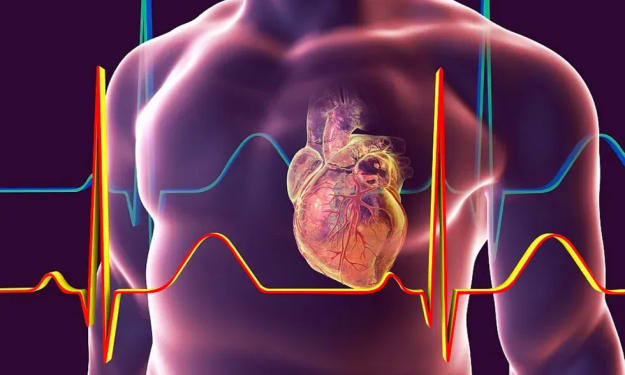Rickets: Symptoms, Risk Factors and Treatment
Rickets: An Overview

Rickets is a skeletal disorder that occurs due to a lack of vitamin D, calcium, and phosphate is a child’s body. Pain in the bones, stunted growth, and dental deformities, etc. are its common symptoms. “Medical labs near me” should be searched on the web so that the patient can be tested for rickets efficiently.
The skeletal system of the human body comprises of bones and joints. If the structure of any of these bones or joints is affected before or after a child’s birth, then it is diagnosed to be skeletal disorder. Rickets is a rare condition that develops due to lack of calcium, phosphate and vitamin D in an infant. The risk of developing rickets is increased in children between the ages of six to thirty-six months because of the rapid growth that takes place in the body. Moreover, if there is a presence of vitamin D deficiency in a child’s body, then the chances of developing this disorder are increased. Testing of vitamin d1,25 dihydroxy, calcium and phosphate can help in treating the patient properly.
Symptoms
As this disorder is related to the skeletal system, the first sign observed in most cases is unexplained pain in different bones located in the arms, legs, pelvic area, and the spine. Another common indicator of rickets is the stunted growth of the child. Recurrent bone fractures and muscle cramps can also be seen as abnormal for young children as well. In some cases, the shape of the child’s skull is shaped differently too. Along with this, a protrusion in the breast bone, a curved spine, and bow-shaped legs can be observed in patients suffering from rickets. Dental deformities can also be observed in some cases such as holes in the teeth, the delayed formation of milk teeth, abscesses, etc.
Risk Factors
The deficiency of vitamin D is known to be the main cause of rickets among infants and children but the lack of this particular type of vitamin can occur due to the following reasons:
Age
The children who are less than 3 years of age are at an increased risk of developing vitamin D deficiency that further leads to rickets. This can happen due to a lack of nutrition during pregnancy and/or after the child’s birth.
Race
It has been observed that children who are born as African, Indian or Middle-eastern can develop this skeletal disorder after six months of their birth. The reason behind this is the colour of their skin which does not absorb sunlight easily. Hence, Caucasian children are at the least risk of developing rickets.
Genes
The condition wherein a child’s kidneys are unable to absorb phosphate in the body is known as hypophosphatemic rickets. This type of rickets is passed on from one generation to the next or due to mutations caused in certain genes. Thus, children who have parents suffering from this disorder should be tested for early detection and treatment.
Treatment
For the proper diagnosis of rickets, blood tests should be conducted at a reputed pathology lab. An experienced paediatrician may also suggest a bone biopsy in order to evaluate the extent of damage to the child’s bones and joints. Intake of vitamin D, calcium, and phosphate is necessary. This can be done with the help of supplements. In most cases, this disorder can be completed resolved if the treatment is provided in time.
Rickets is a common childhood disorder that can be prevented with the help of a nutritious diet and regular exposure to sunlight.





Comments
There are no comments for this story
Be the first to respond and start the conversation.